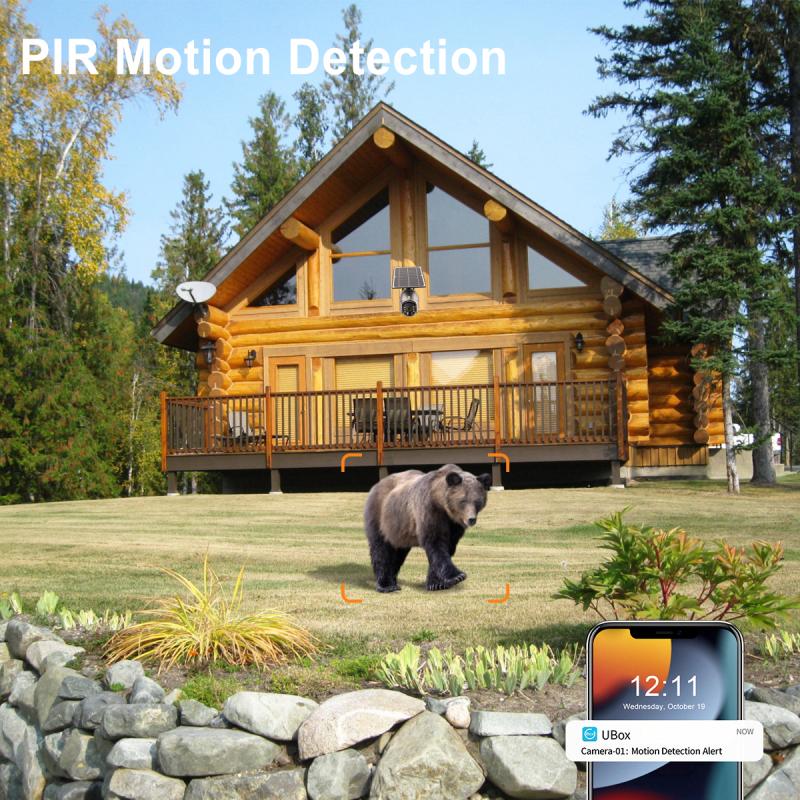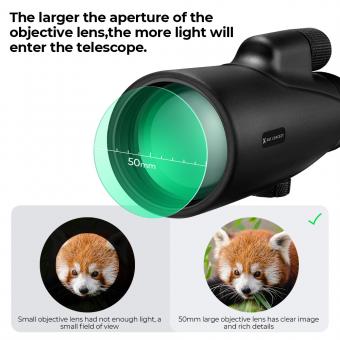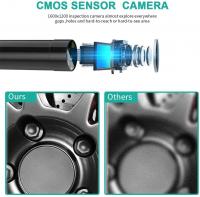How To Increase Resolving Power Of Microscope ?
There are several ways to increase the resolving power of a microscope. One way is to use a higher numerical aperture (NA) objective lens, which allows for more light to enter the lens and provides a higher resolution image. Another way is to use a shorter wavelength light source, such as ultraviolet or blue light, which can provide better resolution than longer wavelength light sources. Additionally, using immersion oil between the objective lens and the specimen can increase the resolving power by reducing the amount of light that is scattered or refracted as it passes through the specimen. Finally, using a higher magnification can also increase the resolving power, although this may come at the cost of a smaller field of view and reduced depth of field.
1、 Numerical aperture
One way to increase the resolving power of a microscope is to increase the numerical aperture (NA) of the objective lens. The NA is a measure of the lens's ability to gather light and resolve fine details. A higher NA means that the lens can capture more light and produce a sharper image.
To increase the NA, one can use a lens with a higher refractive index or increase the size of the lens. However, there are limits to how much the NA can be increased before other factors, such as spherical aberration, become problematic.
Another approach is to use specialized techniques such as confocal microscopy or super-resolution microscopy. Confocal microscopy uses a pinhole to eliminate out-of-focus light, resulting in sharper images. Super-resolution microscopy uses various methods to overcome the diffraction limit of light, allowing for the visualization of structures smaller than the wavelength of light.
Recent advancements in microscopy technology have led to the development of new techniques such as lattice light-sheet microscopy and expansion microscopy. Lattice light-sheet microscopy uses a thin sheet of light to image samples with high temporal and spatial resolution. Expansion microscopy involves physically expanding the sample to increase the distance between molecules, allowing for higher resolution imaging.
In summary, increasing the numerical aperture of the objective lens is a traditional method to increase the resolving power of a microscope. However, recent advancements in microscopy technology have led to the development of new techniques that can further enhance the resolution of microscopic imaging.

2、 Wavelength of light
One way to increase the resolving power of a microscope is to decrease the wavelength of light used to illuminate the specimen. This is because the resolution of a microscope is limited by the diffraction of light, which causes the image to become blurred. The smaller the wavelength of light used, the less diffraction occurs, and the sharper the image becomes.
In recent years, there have been advancements in microscopy techniques that utilize shorter wavelengths of light, such as super-resolution microscopy. This technique uses fluorescent molecules that can be switched on and off, allowing for the precise localization of individual molecules within a specimen. By using a combination of these fluorescent molecules and advanced imaging algorithms, super-resolution microscopy can achieve resolutions beyond the diffraction limit of traditional microscopy.
Another way to increase the resolving power of a microscope is to use specialized lenses and objective lenses with higher numerical apertures. These lenses are designed to capture more light and provide a sharper image. Additionally, the use of specialized contrast techniques, such as phase contrast or differential interference contrast, can enhance the visibility of structures within a specimen and improve the overall resolution of the microscope.
In conclusion, the resolving power of a microscope can be increased by decreasing the wavelength of light used, utilizing advanced microscopy techniques such as super-resolution microscopy, using specialized lenses and objective lenses with higher numerical apertures, and employing specialized contrast techniques. These advancements in microscopy technology have allowed for the visualization of structures and processes at the molecular level, opening up new avenues for scientific discovery.

3、 Magnification
One way to increase the resolving power of a microscope is to increase the magnification. This can be done by using a higher power objective lens or by increasing the magnification of the eyepiece. However, it is important to note that increasing magnification alone does not necessarily improve resolving power. In fact, increasing magnification without improving other factors such as numerical aperture and wavelength of light can actually decrease resolving power.
To truly increase resolving power, it is important to consider other factors such as numerical aperture, which is a measure of the lens's ability to gather light and resolve fine details. Increasing the numerical aperture of the lens can improve resolving power by allowing more light to enter the lens and reducing the effects of diffraction.
Another factor to consider is the wavelength of light used in the microscope. Shorter wavelengths of light, such as those used in electron microscopes, can improve resolving power by allowing for greater detail to be seen. However, electron microscopes are expensive and require specialized training to use.
In addition to these factors, it is important to ensure that the microscope is properly maintained and calibrated. Dust and debris on the lenses can reduce resolving power, and misalignment of the lenses can also affect image quality.
Overall, increasing the resolving power of a microscope requires a combination of factors, including magnification, numerical aperture, wavelength of light, and proper maintenance and calibration. By considering these factors, researchers can improve the quality and accuracy of their observations and experiments.

4、 Contrast
How to increase the resolving power of a microscope is a question that has been asked for centuries. One way to increase the resolving power is to improve the contrast of the image. Contrast is the difference in brightness between the object and its background. By increasing the contrast, the details of the object become more visible, and the resolving power of the microscope is improved.
There are several ways to increase contrast in microscopy. One way is to use staining techniques. Staining involves adding a dye or chemical to the sample that highlights specific structures or components. This makes them more visible and easier to distinguish from the background. Another way to increase contrast is to use different illumination techniques. For example, darkfield microscopy uses oblique illumination to create contrast between the object and the background. Phase contrast microscopy uses phase shifts to create contrast between different parts of the sample.
Recent advancements in microscopy have led to the development of new contrast-enhancing techniques. One such technique is called structured illumination microscopy (SIM). SIM uses patterned illumination to create high-resolution images with improved contrast. Another technique is called super-resolution microscopy, which uses fluorescent probes to create images with resolutions beyond the diffraction limit of light.
In conclusion, increasing the contrast of the image is an effective way to improve the resolving power of a microscope. Staining techniques, different illumination techniques, and new contrast-enhancing techniques such as SIM and super-resolution microscopy are all ways to achieve this goal. As technology continues to advance, we can expect even more innovative techniques to be developed in the future.









































